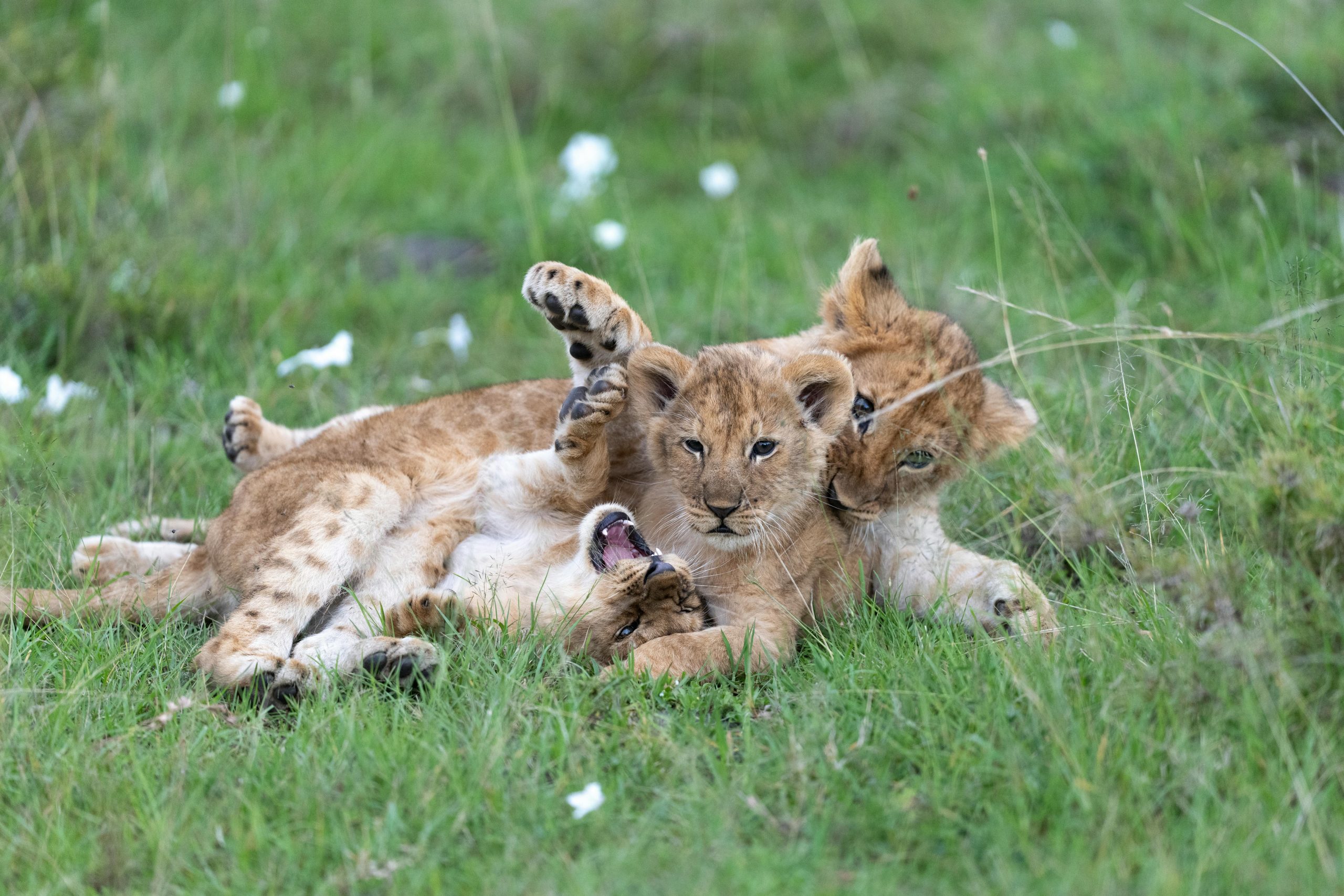
Lion Anatomy
Lion Anatomy
The Majestic Blueprint: A Complete Guide to Lion Anatomy
Introduction
The lion (Panthera leo), often hailed as the “King of the Jungle,” is a symbol of strength, power, and nobility. But beyond its regal appearance lies a complex and fascinating biological structure that enables it to dominate the African savannah. In this comprehensive guide, we delve deep into the anatomy of the lion, exploring every aspect from its muscular framework to its sensory systems.
Musculoskeletal System
Powerful Frame and Bone Structure
The lion’s skeletal system is a marvel of evolutionary engineering. Comprising approximately 250 bones, the skeleton provides a robust yet flexible framework that supports the lion’s muscular build.
- Skull: Houses powerful jaw muscles and large canines.
- Vertebral Column: Offers support and flexibility, especially in the lumbar region.
- Limbs: The forelimbs are particularly strong, aiding in grappling prey.
Muscular Build
Lions possess a dense network of fast-twitch muscle fibers, enabling explosive bursts of speed and strength. These muscles are especially developed in the shoulders and hindquarters, allowing for:
- Ambush-style attacks
- Short sprints up to 50 mph (80 km/h)
- Powerful leaps and swipes
🦁 Fun Fact: A lion’s forelimb muscles are so strong that they can take down prey several times their size with a single swipe.
Digestive System
Carnivorous Efficiency
As obligate carnivores, lions have evolved a digestive system that is highly efficient at processing meat. Their short digestive tract reflects their diet, which consists primarily of animal protein.
- Teeth: Equipped with sharp carnassials for shearing flesh.
- Stomach: Can hold up to 15% of the lion’s body weight.
- Intestines: Shorter than those of herbivores, allowing for rapid digestion of protein.
Key Organs
- Liver: Detoxifies ingested substances and produces bile.
- Pancreas: Secretes digestive enzymes.
- Gallbladder: Stores bile for fat digestion.
🥩 Lions can go several days without eating, but when they do feed, they consume large quantities in one sitting.
Respiratory and Circulatory Systems
Breathing Life into the Hunt
The lion’s respiratory system is designed for stamina and power. During a chase, oxygen intake increases dramatically to fuel the muscles.
- Nasal Cavities: Filter and warm incoming air.
- Lungs: Large and efficient, with a high oxygen exchange rate.
- Diaphragm: Plays a crucial role in breathing mechanics.
Circulatory System
The lion’s heart and blood vessels work in tandem to deliver oxygen and nutrients throughout the body.
- Heart: Large and muscular, capable of sustaining high activity levels.
- Arteries and Veins: Transport oxygenated and deoxygenated blood efficiently.
- Blood Composition: Rich in red blood cells for maximum oxygen transport.
Nervous System and Sensory Organs
Command Center: The Brain
The lion’s brain is well-developed, particularly in areas responsible for coordination, sensory processing, and social behavior.
- Cerebrum: Controls voluntary actions and decision-making.
- Cerebellum: Coordinates movement and balance.
- Brainstem: Regulates vital functions like heartbeat and respiration.
Acute Senses
Lions rely heavily on their senses for hunting and communication.
- Vision: Excellent night vision due to a high concentration of rod cells and a reflective layer called the tapetum lucidum.
- Hearing: Can detect frequencies up to 60 kHz, essential for locating prey.
- Smell: Used for detecting prey and marking territory.
- Whiskers: Serve as tactile sensors, helping lions navigate in the dark.
Reproductive Anatomy
Male and Female Differences
The reproductive systems of lions are specialized for their roles in the pride.
Male Lions
- Testes: Produce sperm and testosterone.
- Penis: Equipped with backward-facing spines that stimulate ovulation in females.
Female Lions
- Ovaries: Release eggs and produce hormones.
- Uterus: Where gestation occurs, lasting about 110 days.
- Mammary Glands: Provide nourishment to cubs post-birth.
Mating Behavior
Lions are polygynous, and mating is frequent during the estrus cycle. This behavior ensures successful fertilization and strengthens pride bonds.
Unique Adaptations
Mane: A Symbol of Power
The male lion’s mane is not just for show. It serves several purposes:
- Protection: Shields the neck during fights.
- Attraction: A fuller, darker mane is more attractive to females.
- Intimidation: Makes the lion appear larger to rivals.
Paws and Claws
- Retractable Claws: Stay sharp for hunting.
- Padded Paws: Allow for silent stalking.
- Dewclaws: Aid in gripping prey.
Tail
The lion’s tail ends in a tuft of fur, which may help in communication and balance during movement.
FAQ: Lion Anatomy
1. How strong is a lion’s bite?
A lion’s bite force is approximately 650 PSI, strong enough to crush bones and tear through tough hides.
2. Why do lions have manes?
The mane serves as a protective barrier during fights and a visual indicator of health and virility, often influencing female choice.
3. How do lions see at night?
Lions have a high number of rod cells and a reflective layer called the tapetum lucidum, enhancing their night vision.
4. What makes a lion’s roar so powerful?
A lion’s roar is produced by a specialized larynx and vocal cords, allowing it to be heard up to 5 miles away. It serves to mark territory and coordinate with pride members.
5. How do lions regulate their body temperature?
Lions pant and rest during the hottest parts of the day. Their fur also provides insulation against both heat and cold.
Conclusion
The lion’s anatomy is a testament to millions of years of evolution, culminating in a creature perfectly adapted to its role as a top-tier predator. From its muscular frame and acute senses to its specialized reproductive system and social behaviors, every aspect of the lion’s body is designed for survival and dominance.
Understanding the lion’s physical structure not only deepens our appreciation for this majestic animal but also highlights the intricate balance of nature. As we continue to study and protect these magnificent creatures, we gain invaluable insights into the natural world and our place within it.
